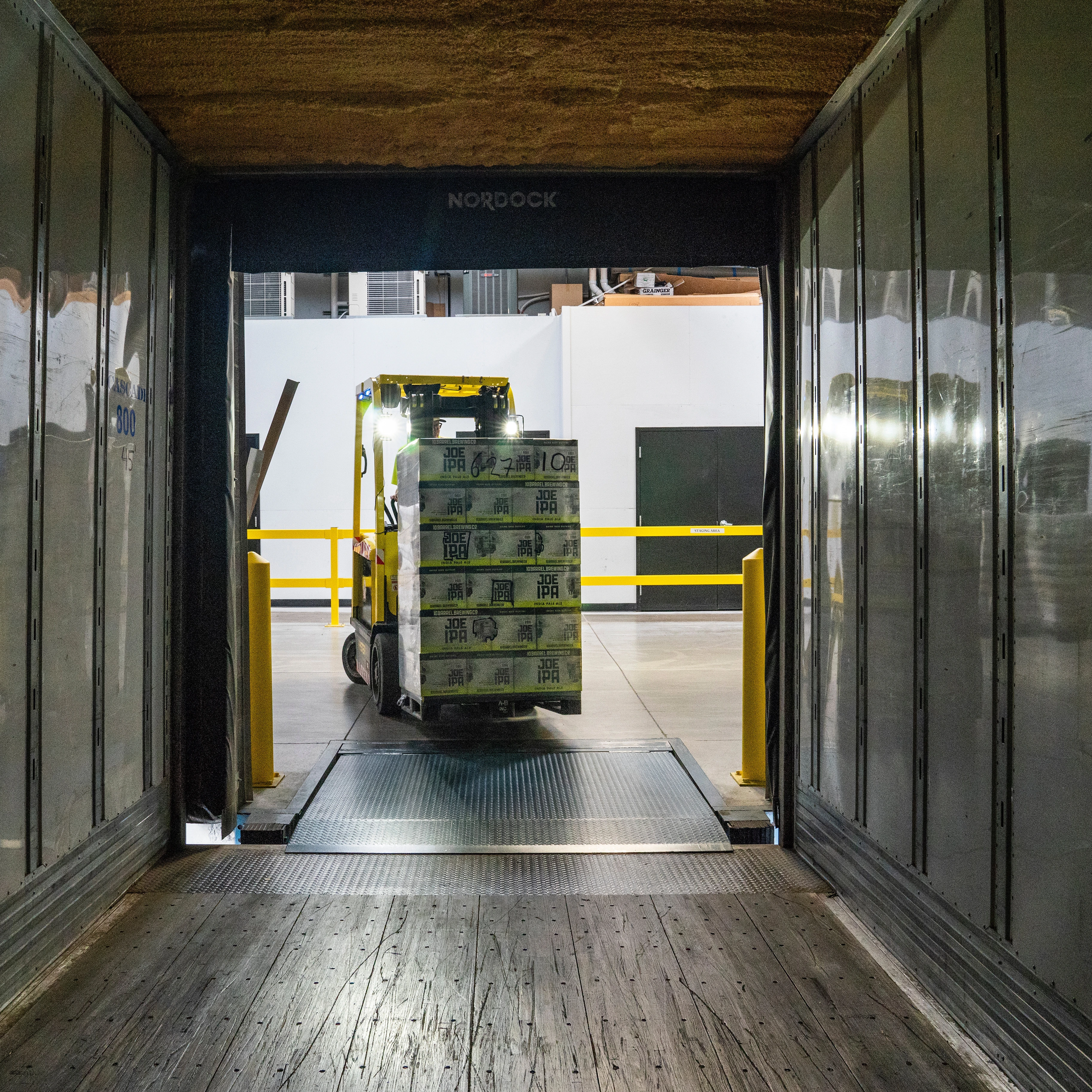As businesses continue to evolve, supply chain management remains an integral part of their operations. It is essential for companies to ensure that the supply chain is properly managed to avoid any challenges that could arise. Although the supply chain includes activities from production through delivery, today we’ll focus on the logistics portion.
What is Supply Chain Management?
Supply chain management refers to the management of the flow of goods and services from the point of origin to the point of consumption. It involves the coordination of various activities such as planning, sourcing, production, and logistics. The goal of supply chain management is to create value for the end customer while maximizing efficiency and minimizing costs. Effective supply chain management can help organizations improve their competitiveness by reducing lead times, enhancing product quality, increasing customer satisfaction, and driving profitability. Optimization should be at the forefront of a supply chain manager’s mind, especially since there have been so many problems surrounding supply chains in recent years.
Increase Your ROI by Investing in AirFinder Everywhere
- Loss Prevention. Reduce the amount of loss that occurs during the supply chain process
- Location Coverage. AirFinder Everywhere uses a combination of GPS, Cellular, and WiFi to determine location everywhere
- Security Alerts. Know when a delay in shipment has occurred so the problem
can be addressed immediately.
What are Common Supply Chain Challenges?
Supply chains are difficult to manage because of how many moving parts they have. The difficulty in managing these parts leads to issues that can be, at times, very costly.
Delays
The most common problem fleet managers face is supply chain delays. From lost revenue to increased costs to dissatisfied customers, delays have a significant impact on supply chains. Supply chain delays can be caused by various factors and lead to additional problems to solve Sometimes delays are caused by circumstances beyond your control. Other times, they’re caused by circumstances you can control. It is not uncommon for disruptions to stem from the loss of pallets or trailers. Often, pallets or trailers are lost due to a lack of communication and accountability. Unfortunately, delays also occur due to traffic while on the road. There isn’t much that can be done to prevent traffic, but that makes trailer tracking more important to take steps to prevent internal delays.
Lack of Transparency
The best way to build trust with customers, suppliers, and anyone else you interact with is to provide transparency. A lot of logistics operations don’t always provide full transparency because they themselves don’t know everything. Pallet tracking lets you know where a pallet is when it’s on and off a truck so if a pallet is lost or misplaced and causes a delay, you can communicate with the end receiver about the delay. Many times, delays happen without anyone noticing until the receiver reaches out to question the status of their delivery.
When there is a lack of transparency in the supply chain, it can be difficult to identify potential issues or inefficiencies that might lead to increased costs, delays, or other supply chain disruptions. Businesses often have limited visibility into their suppliers' operations, which can make it challenging to ensure that they are meeting quality or ethical standards. Additionally, a lack of transparency can make it difficult to track inventory levels, which can result in stockouts or excess inventory.
Cold Chain Disruptions
Managing a cold supply chain can be difficult without the proper resources. Temperature-sensitive items should be monitored for condition, not just location. Sometimes power outages, equipment failures, or incorrectly packed trailers blocking vents can lead to a change in the temperature of the environment. Refrigerated items like lettuce will spoil because of problems like these, leading to lost income and compliance issues.
How to Solve Supply Chain Issues
All of these current supply chain issues have many companies asking, “When will supply chain issues end?” Thankfully, there are ways to overcome these supply chain problems.
Efficient Planning
Efficient planning is one of the key ways to address supply chain challenges. Planning involves determining the demand for goods and services, sourcing raw materials, scheduling production, and managing inventory. Efficient planning ensures that businesses are able to meet customer demands while minimizing costs.
Elements of efficient planning include forecasting demand, setting production schedules, and optimizing inventory levels. Factors that affect planning include market demand, supplier performance, and production capacity. Efficient planning leads to benefits such as improved customer service, reduced inventory costs, and better utilization of resources.
Technology
Technology has also played a crucial role in supply chain management. Supply chain visibility tools use technologies such as GPS, WiFi, and Cellular have enabled businesses to track inventory, monitor shipments, and optimize logistics. Technology has also improved data visibility and transparency in the supply chain.
With the visibility of pallets that a GPS tracker provides, employees won’t have to spend time searching, and money won’t have to be spent replacing lost pallets. The misplaced pallets can instead be retrieved quickly so operations can continue as planned. Even more important, the visibility supply chain management software provides gives you the resources to provide transparency.
Asset tracking technologies also provide valuable data insights. By collecting and analyzing data at various points in the supply chain, businesses can gain insight into their processes, identify inefficiencies, and make data-driven decisions to improve their operations. For example, data analysis can help businesses forecast demand, optimize inventory levels, and identify opportunities to reduce costs. By using data to gain insight into their supply chain processes, businesses can make better decisions that ultimately lead to more efficient operations and a better customer experience. Additionally, data analysis can help businesses identify and mitigate potential challenges in the supply chain, including supplier disruptions, delivery delays, or quality issues. By proactively addressing these risks, businesses can reduce the impact of common disruptions and maintain continuity in their operations.
Some asset tracking solutions are also embedded with sensors that monitor environmental factors including temperature, shock, and humidity. For cold chain distributors, these sensors are valuable for monitoring temperature during transit. If the temperature happens to change, you can be alerted and address the problem before spoilage occurs.
Ready to Solve Your Supply Chain Challenges?
Using location technology is the easiest way to address supply chain management challenges. The supply chain visibility that location technology provides helps businesses to identify and solve problems quickly, increasing efficiency and reducing costs. Our AirFinder Everywhere solution provides real-time supply chain visibility indoors and outdoors to track location and monitor temperature, shock, and humidity.
The supply chain crisis feels like it’s never ending, but you can end it by investing in supply chain tracking. Book a demo with our team to learn more about our solution and how it can solve your supply chain challenges.





